
How to start the adventure of scuba diving?
Scuba diving is an increasingly popular activity practiced by many people around the world. How to start this fascinating adventure in the easiest way, you will learn from this post.

Scuba diving is an increasingly popular activity practiced by many people around the world. How to start this fascinating adventure in the easiest way, you will learn from this post.
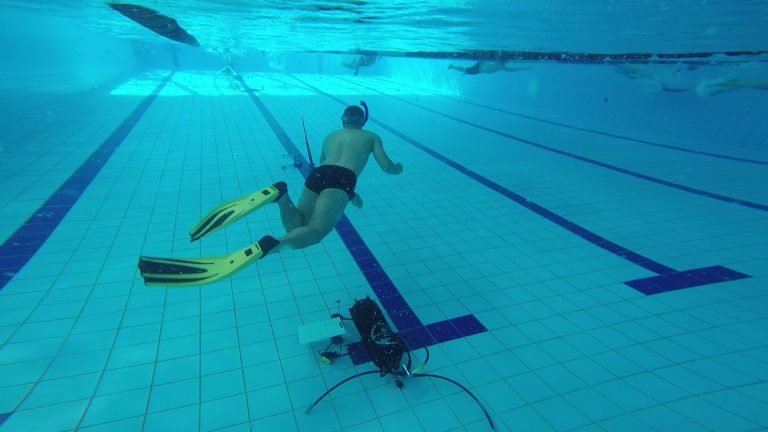
In winter, many divers hide their wetsuits, give their cylinders to be legalized, and the remaining equipment is serviced or waits for warmer days. The frequency of diving trips drastically decreases due to weather conditions. So what should people do who do not necessarily associate winter with diving, but still want to enjoy their favorite activity?

Movie and TV series recommendations for longer evenings. What to watch to have a nice time in a diving climate?
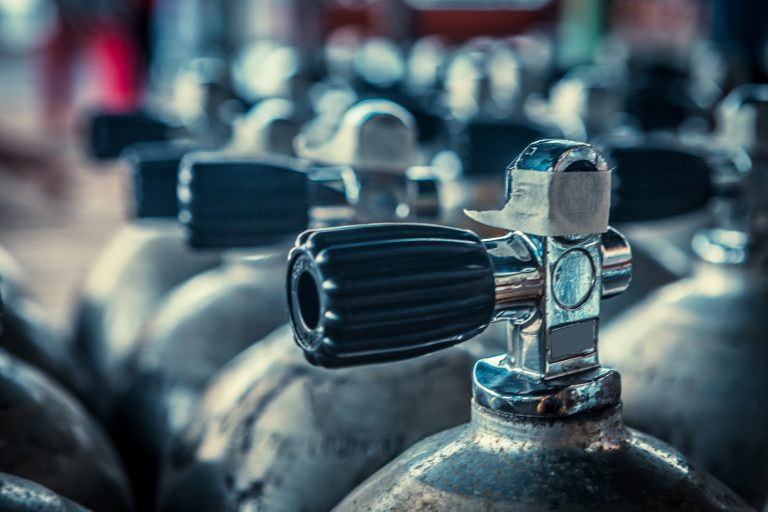
300-bar cylinders are an excellent alternative for those divers who want a larger gas supply without increasing cylinder size. But is that really the case? On paper, everything looks pretty good. However, let’s take a closer look….

At every dive site in the world, whenever unforeseen difficulties arise, divers face a dilemma, to dive or not to dive? We will try to answer this question.
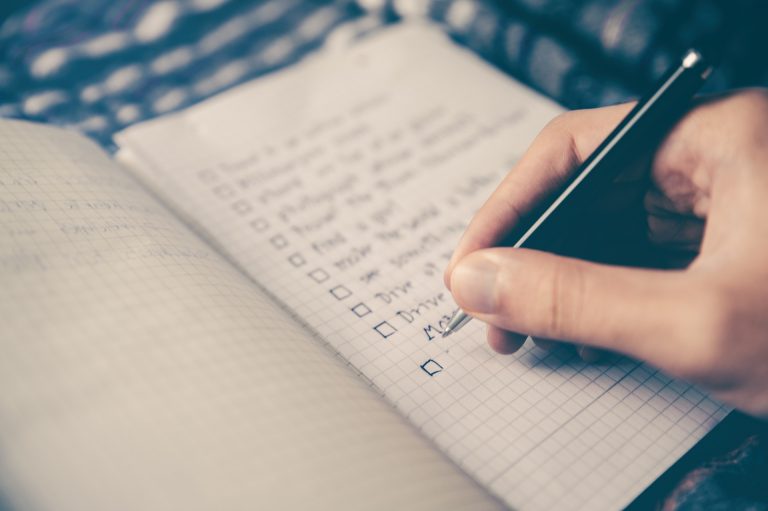
What are checklists and what is their role in diving? What are the pros and cons of checklists? Are they helpful or is it a waste of pre-dive time? How to introduce checklists into your diving practice and what should they contain? You can find the answers to these questions in the latest post by our instructor Daria. We invite you to read.
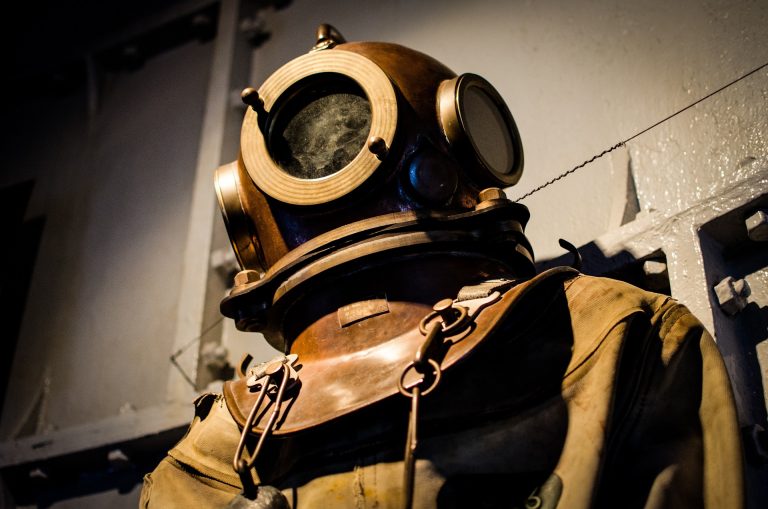
In the next article in the Women Diving series, I would like to go back in time and introduce some of the amazing female pioneers. Unusual activities and more extreme forms of recreation have always attracted equally unusual people. However, we must remember that diving did not start as a form of sport or leisure activity, for the beginnings were decidedly more pragmatic – from commercial diving through navy divers. I will immediately point out that the figures you will read about in this text are not a closed set. I also encourage you to search for more remarkable women who have written their chapter in the history of diving.
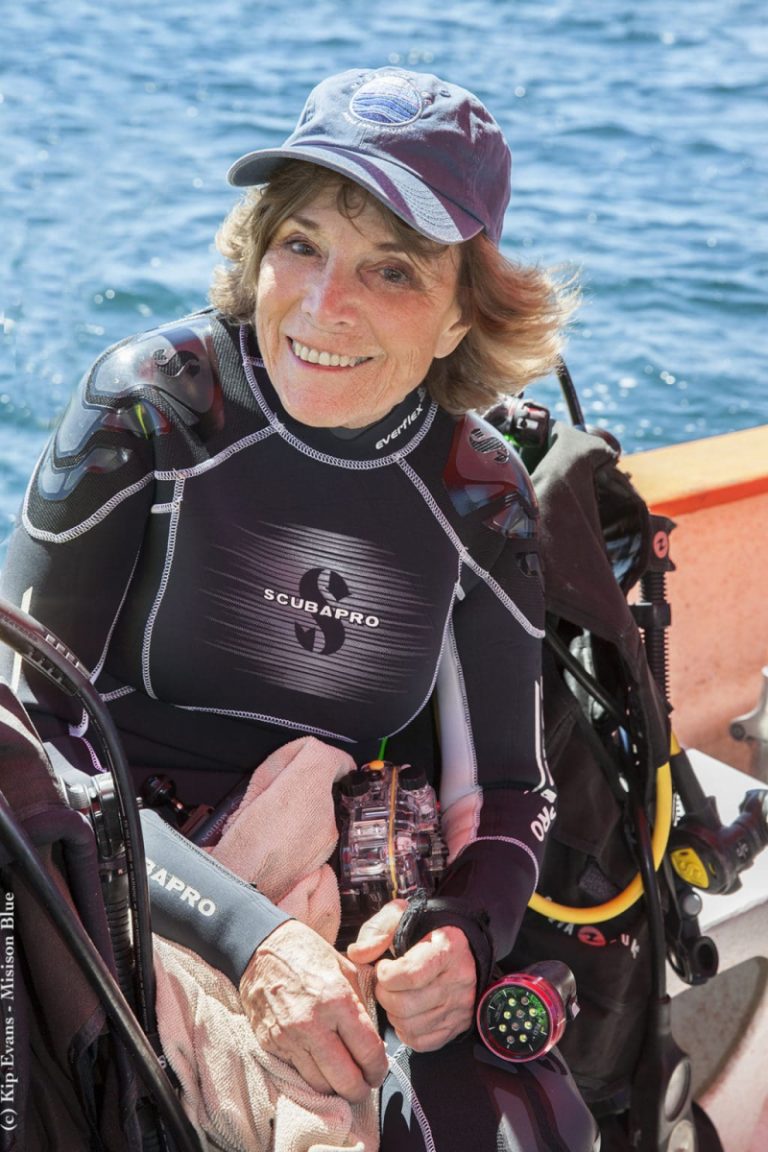
Sylvia Earle is the first woman to steer a bathyscaphe, the first to hold the position of chief scientist at NOAA, spent two weeks in an underwater research habitat in the 1970s leading the first all-female mission, and walked 2.5 hours on the ocean floor at a depth of 380 meters – all to learn and protect. Sylvia Earle has always believed that people need to learn about the underwater world in order to love it, and thus protect it.
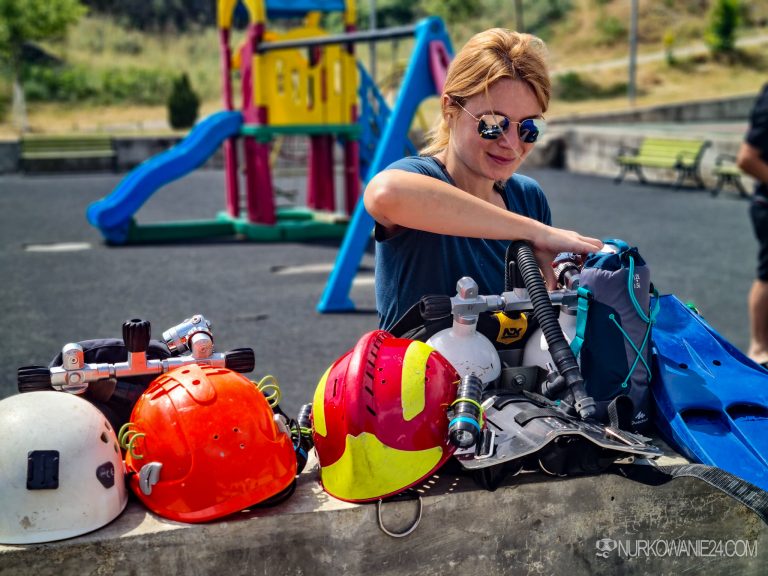
How to talk about women’s diving? What kind of narrative can convey this incredible divergence of expectations and preferences, while not falling into clichés or infantilizing such a diverse environment? How does one not reduce the subject of diving women to taking care of hair and nails while diving?

What books are worth reaching for when winter arrives, evenings get longer and longer, and diving equipment goes into the closet? Let’s dive into diving reading from the comfort of your armchair!

Closed swimming pools, travel bans, restrictions, quarantines. You can go crazy, especially since we start the new year with an epidemiological problem. For us – divers and instructors, or all other active people many of these restrictions are extremely tiring. How not to go crazy, not to end the pandemic with a record score on the scale and the need for rehab? Our reliable office has some advice for you!

Is teaching others just for instructors? Do they have the exclusive right to develop habits, approach to water as an element, teaching the appropriate procedures, showing the correct configuration of the equipment? Finally are they solely responsible for what path of development this ever-growing community of recreational and technical “scuba divers” will take?